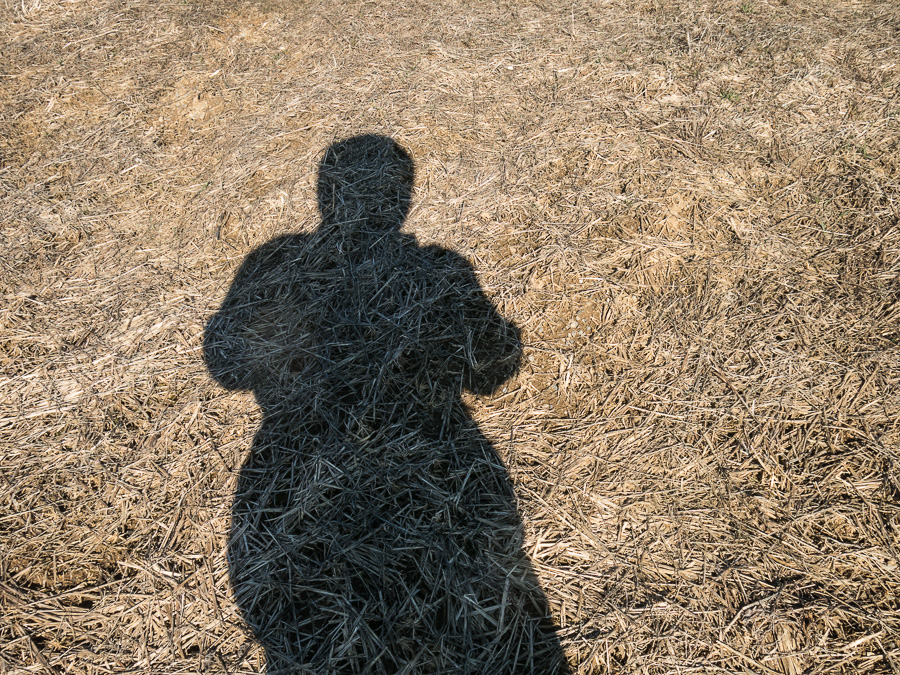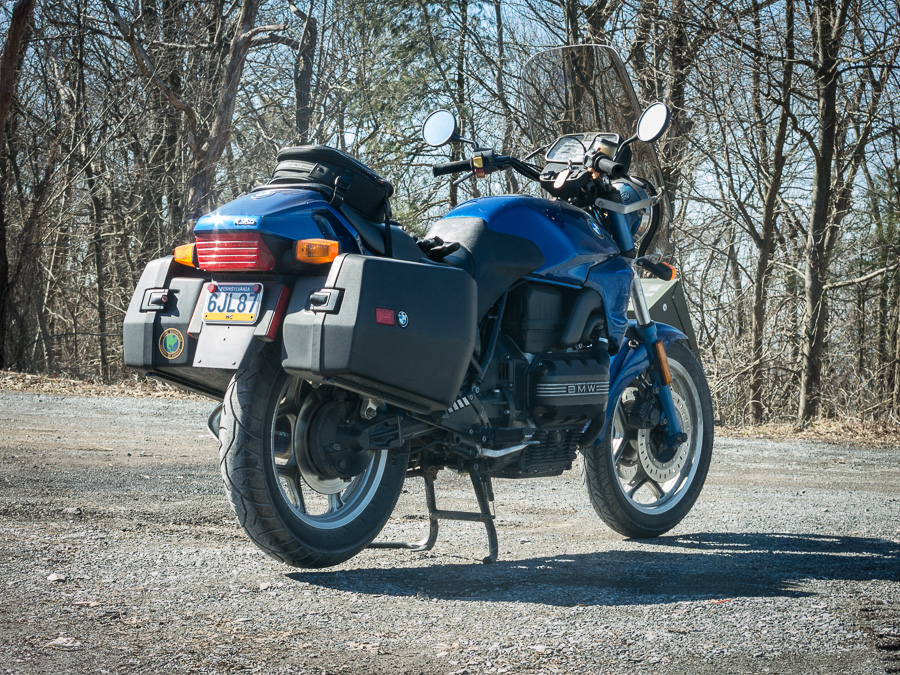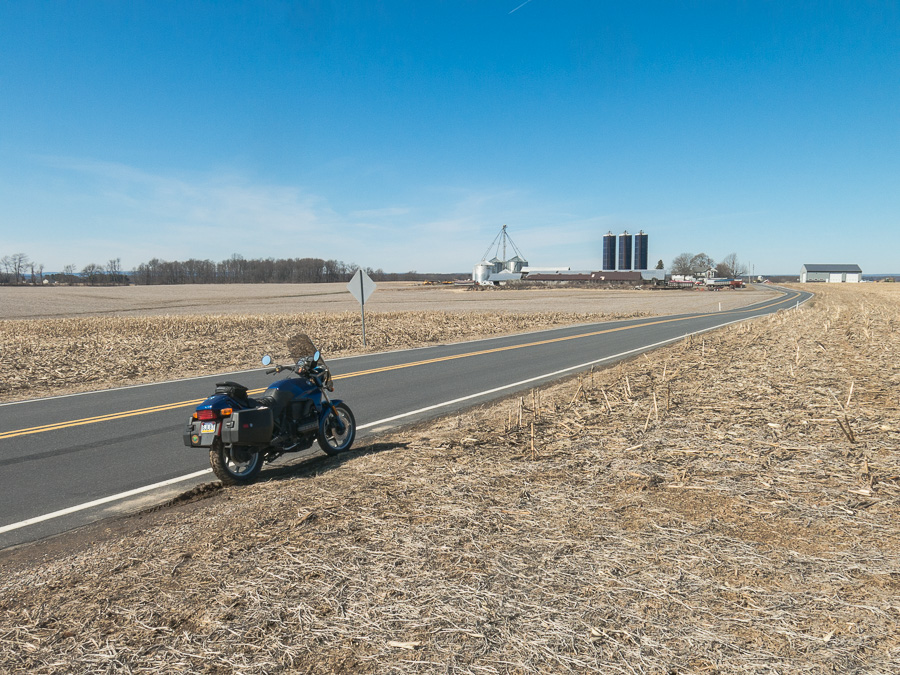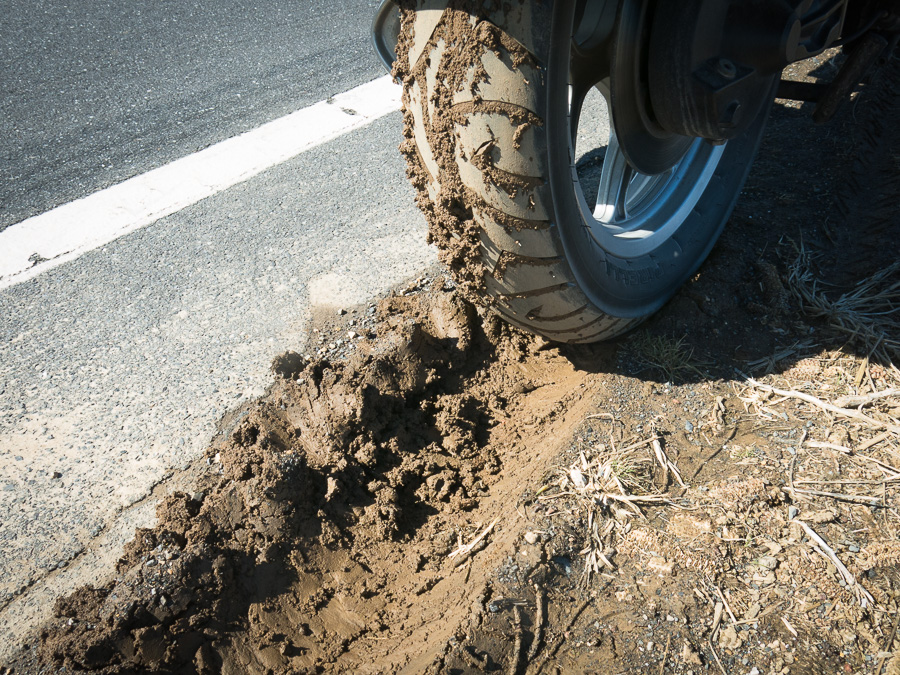
Life-Long Motorcycle Training
I’ve been riding a lot during the past 15 years. While I may not have racked up the miles of some riders I have invested a lot of hours on the road on my Vespa scooters and now with a BMW K75 motorcycle added to the mix. With all that experience it would be easy to believe that I know what I’m doing and need not concern myself with additional practice or training.
There is a technical term that is used to evaluate that system of belief:
BULLSHIT.
If you’re riding a motorcycle or scooter on the road and what to more effectively manage risk, the need to practice skills, review riding strategies, and do an honest assessment to uncover bad habits is something that never goes away.
During this time of staying at home during the COVID-19 pandemic I’ve been rerouting my non-riding towards training and riding strategy development.
What about you? Where do you fall on the spectrum to take time to practice riding a motorcycle?

Big and Heavy Machines
I’ve been reading and watching a lot of material on motorcycle training. It’s revealed some of the things I’ve already suspected regarding my skills with the BMW K75 and pretty much any other motorcycle I’ve ridden in the past 15 years.
My slow speed skills suck.
And why wouldn’t they? I’ve not practiced them much. Some not at all. And for pretty much the same reasons that probably most riders offer.
“I know what I’m doing. I have a lot of experience.”
“I don’t want to drop my bike.”
“I don’t have time.”
That’s about it I think. I wanted to say there isn’t any training available nearby but that’s just not true as I’ll point out later.

Identifying Weaknesses
It’s easy for me to ride the motorcycle down the road. I don’t have trouble starting, shifting, stopping, turning, and all those things that happen while on an uneventful ride. But I know there are some things that are more challenging and anxiety-producing.
Emergency braking. I’ve practiced stopping to get familiar with the nature of the brakes on the motorcycle but not enough that I would say I could reliably make an emergency stop without locking something up. On the Vespa scooter I have practiced and practiced and feel completely comfortable with that ability. But those techniques don’t seamlessly transfer to the motorcycle. Now I have a foot brake to program into muscle memory along with much more powerful disc brakes and the need to downshift at the same time.
Learning that takes practice.
And then there are the slow speed maneuvers that are simple and comfortable on the scooter but anxiety producing still on the motorcycle. Things like tight U-turns, Starting on a hill. Swerving at slow speeds. Again, the Vespa skills transfer mentally but not physically. I need to practice.

Learning to Ride a Motorcycle BETTER
I’m not riding now during the pandemic. As my cardiologist told me a few days ago during a remote video appointment, he said he has advised all his riding patients and friends (he rides a BMW F800 GS) to cease riding right now. He told me, “You don’t want to find yourself laid up for three weeks in a hospital right now.”
I’ve made the choice to not ride. Others have made other choices. I’m not here to argue that. What I do want to share though are some of the training options I have found that are free, useful, and have provided some riding “energy.” If you have time and are interested check them out.
MCrider.com — online motorcycle training by Kevin Morris
From his website: MCrider has a simple goal: to help make you a better rider.Every Friday morning at 8 AM Central, MCrider releases a weekly motorcycle training video. The videos focus on Road Skills or Road Strategy to help you become more proficient on a motorcycle and develop your riding skills and road awareness.
He has great material and videos which are enjoyable to watch and have already provided me with a new view of road strategy.
DanDan the Fireman: Online Motorcycle Training
Dan’s focus on teaching strategy and technique thorough review and critique of rider videos showing crashes and other mishaps on two wheels are compelling and enlightening. Well worth the time watching in terms of a heightened appreciation of how to deal with things on the road.
MotoJitsu– Educational insights and experiences for motorcycle riders.
Greg has a wealth of video and other material that will expand your skills and thought processes surrounding riding. And fun to watch.
Ride Like a Pro — Jerry “Motorman” Palladino began teaching the Ride Like a Pro classes in 1999 and has expanded to 18 franchise locations throughout the U.S., owned and operated by fellow motor officers and civilians that have gone through the police motor officer training and are certified to teach my classes. These rider courses teach life-saving techniques that every motorcyclist should master.
Jerry offers great training and advice especially on dealing with big, heavy motorcycles. He’s showing me what I need to do.
If you have some free time and are interested in improving your riding skills I believe the above sites have real value. I’m spending a little time every day reminding myself of what it means to be a better rider.
Stay safe on and off the road!
Sorry, Steve. That BMW profile doesn’t set the pulse racing or evoke the emotions of your Vespa.
I think the K75 is a uniquely acquired taste. It was not a success with the BMW community when first released and remains in a small niche today. While neither the Vespa or BMW set my pulse racing, I find myself strongly attracted to both in a way that no other machine has. That’s visual. The riding experience is what sets my heart beating faster. And that I suspect would take place on a much wider variety of machines.
Never fear though, there will be plenty of Vespa experiences to share ahead!
A few years ago I felt rusty so I took the MSF Experienced Rider Course. Due to the timing I was the only person there so I was under the microscope. I learned two things that saty. First was that the bike I had at the time was perfect for the course. Upright, narrow and well balanced. Second was that even though I was rusty my ability to break down the task into efficient movement helped immeasurably. While practice is necessary from time to time, keeping your brain in gear is truly important while riding. And I find the profile of your K-75 more inspiring. It was the best of the brick series.
I agree with everything you’ve written Jim. With the K-75 it still doesn’t feel well-balanced at slow speeds. That is something practice in a parking lot will remedy. And right now, I have time to train and test my brain by watching various demonstrations and crash videos online and think about how I might handle things. I’ve already learned a couple techniques that I had not considered.
I really like the K-75. As I think about slow speed practice I started thinking of crash bars. Hard to find used and over $600 for a new set. A drop on that motorcycle would mess things up I fear.
Steve, I am really glad to see you still blogging in these trying times. With your decision to temporarily stop riding due to the COVID-19 pandemic, I was anxious I would have to wait a long time to see an update. Not so, and I’m thankful for that. If you feel inspired, I wouldn’t mind you reminiscing about older rides, and places you visited. I took your advice and my rides are sitting idle until this pandemic runs it’s course. As always your photography is spot on and when all this clears up, I might get out to your neck of the sticks a little more often than usual. Thanks again for helping beat my work from home pandemic blues. Stay well.
I’ll still be posting. The plan is two or three times a week. Something.
I’ve already been planning some looks back in times and reflecting on old rides. Or perhaps geographic locations, road types or weather.
The news I’ve been reading is cautiously optimistic about the growth of the COVID-19 infection rate which is positive. And with the nearly soon available rapid antibody testing, I suspect a lot of people will be able to return to work. On the downside though, activities bringing people into close proximity — churches, sporting events, concerts, restaurants, movies, etc., they may be closed for a long time. Some suggest the end of the year or until a vaccine arrives. But the strain on medical facilities will lessen to the point where I’ll feel ok with riding again.
Here’s hoping to a rapid yet reasonable return to normal. Whatever that may be!
Thanks for the links Steve. I think I might be able to find a moment or two to scope them out? Shirley rode a K75S for several years and I too am rather fond of the profile. In fact, any invitation to jump from my K100RS to her K75 was enthusiastically accepted. Take care and stay safe eh!
I just watched a video of a BMW GS crash on the Stelvio Pass road in Italy. It was interesting to listen to the reasons and then the crash expert deconstruction of the crash. The lesson was simple. Stay on my side of the road. Especially on blind curves!
The K75 is a good machine. I’m still concerned that I should haul it to the shop to have the clutch splines lubed since that service has never been done. 28 years seems like too long to wait…
I think that at 28 years, lubing those splines would be a good idea. What ever grease was applied at assembly has likely turned to paste or worse. Having said that the output shaft splines on my R90/6 are overdue too.
Last one to have their splines lubed buys dinner!
Great points! Ties into this video very well:
https://youtu.be/FvLNzElW4A0
Indeed. I’m glad you produced your video with information from the front lines. While the hospitals here in central Pennsylvania are not as swamped as they are in Bergen County, New Jersey, the medical staff is still on edge. And as one doctor told me, after an accident, there’s no guarantee that I would be in this hospital and not transferred to a level one trauma center where the COVID-19 pandemic is bigger.
So, like you, I am keeping the kickstand down!
People including me like to be asked our opinion. Each spring I have to relearn motorcycle and bicycle riding. Mostly I forget about how they balance especially at slow speed and while turning. I typically have a parking lot ‘close call’ once a spring. Hit a spot of sand or a bloody squirrel with the front tire and the tires skids away.
Moto skills fade over time and have to be refreshed. Maybe the parking the bike for the winter is enough to make your BMW K1300 seem off balance.
I’m a big believer in rider training and continued training. My goal was to always take some kind of professional training at least every two years. I took Jerry Palidino’s class when I lived in Fl. and still practice what I learned.
I suffered a stroke and was not able to ride for 3.5 years. I got back on two wheels last summer with a new Vespa and every ride I realize just how rusty my skills have become.
I was signed up to ride with our local police motor officers for their class, but it was cancelled due to this health issue we are facing.
As soon as the all clear is given I’ll be finding a course somewhere .
Seems everything has shut down because of the pandemic.
There are two Ride Like a Pro training locations in Pennsylvania. Might be well worth the $150 fee to take the course on my BMW K75. I’ll have to see how things pan out this summer.
Hope you get to finally take the class and polish your skills.
Steve, Ride like a Pro is one of my favorites. Have you watched the police motorcycle obstacle course? I am amazed at what those guys can do with a bike that weighs between 800 and 1000 pounds. Looking over your shoulder to see where you want that bike to go is easier said than done. I agree that the slow riding skills are extremely important, those skills will make you a better rider. I practice my figure 8s in front of my house and my neighbors think I’m crazy. My friends Know I am.
When I think of riders who seem to have good slow speed skills on a big bike I always think of you Billy. I saw you make a fine U-turn on Route 192 one evening when the Moto Hang was out past Centre Hall. You made something look easy that I would have had my feet down on the K75. Now I know why. You’re crazy. And you practice!
Hey Steve well once again great text…..Im 65now riding since about 13 ,however with those years stated still have to accept my skills at my present age and physical ability….One would b pretty foolish to think all this experience makes you the above the curve on safety…My long time motorcycle guru mechanic and skilled skilled rider always said most rider caused accidents r due to riding above your skill level. I am reminded that thought every time I approach a curve mindful is my skill level enough for the road speed I am at in that moment…Thanks for letting me share…
Good to remember — riding within your skill level. That’s where it takes an honest look in the mirror to evaluate.
Thanks for the kind words about the post. I appreciate them Don.
More training is always a good thing and I think you are right on, skills don’t necessarily transfer from one style of motorcycle to another. Especially the low speed stuff. Riding down the highway is relatively straightforward.
The slow speed stuff is the tricky part of the physical act of riding. It’s where most of us risk dumping the bike. And God forbid that happen.
A friend called today and said the reason most riders do not practice slow-speed maneuvers is they are afraid to drop their motorcycles. I think he’s right. Even with crash bars that protect the fragile plastic parts, there’s something psychologically unnerving about putting the bike down. When police officers take motorman training they don’t blink at dropping a bike at slow speed. It’s why they train. So they can maneuver easily.